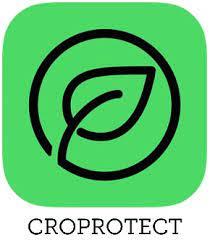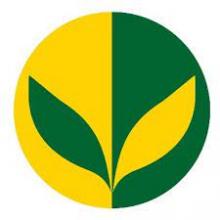Use Croprotect to find out about pest, weed and disease management, especially in situations where effective pesticides are not available and alternative approaches are required.
Croprotect is developed by Rothamsted with funding from BBSRC and NERC Sustainable Agriculture Research & Innovation Club.
Croprotect has kindly given permission for its content to be used on FarmPEP.




